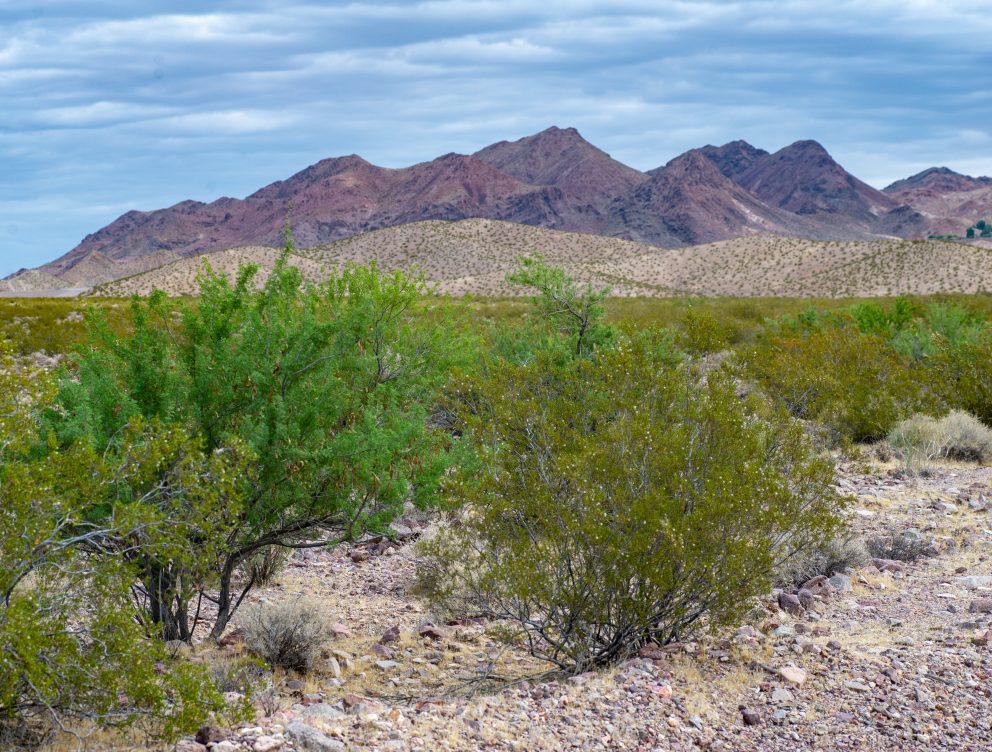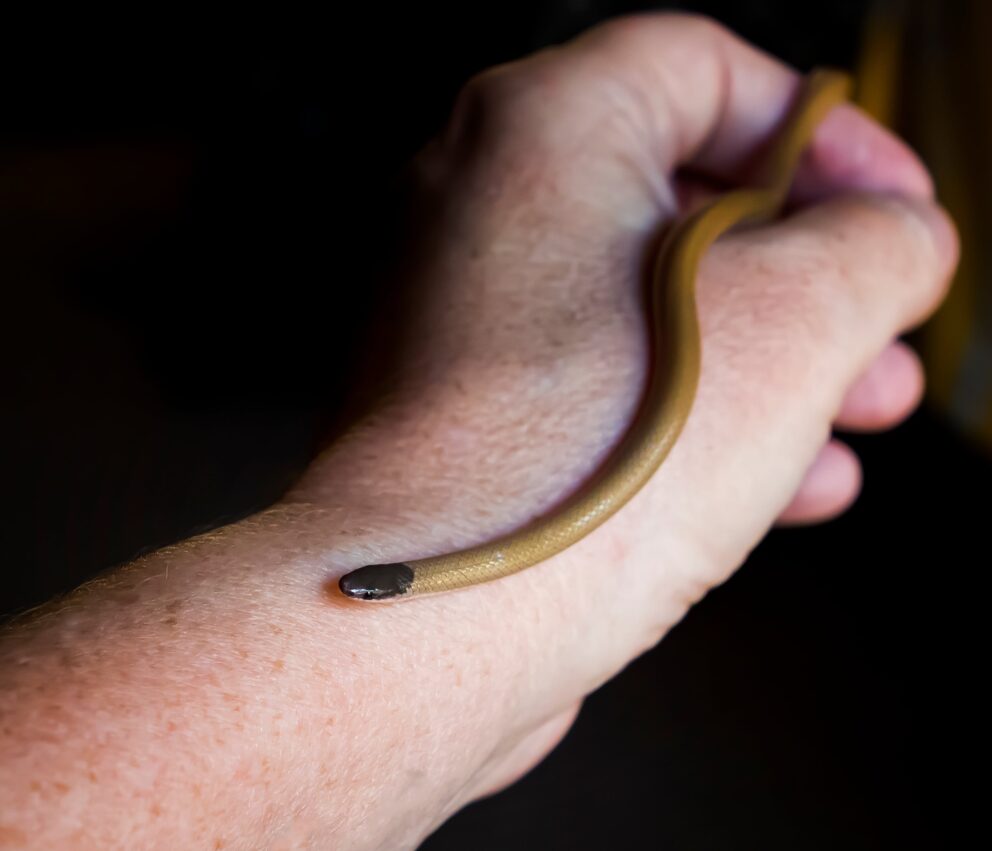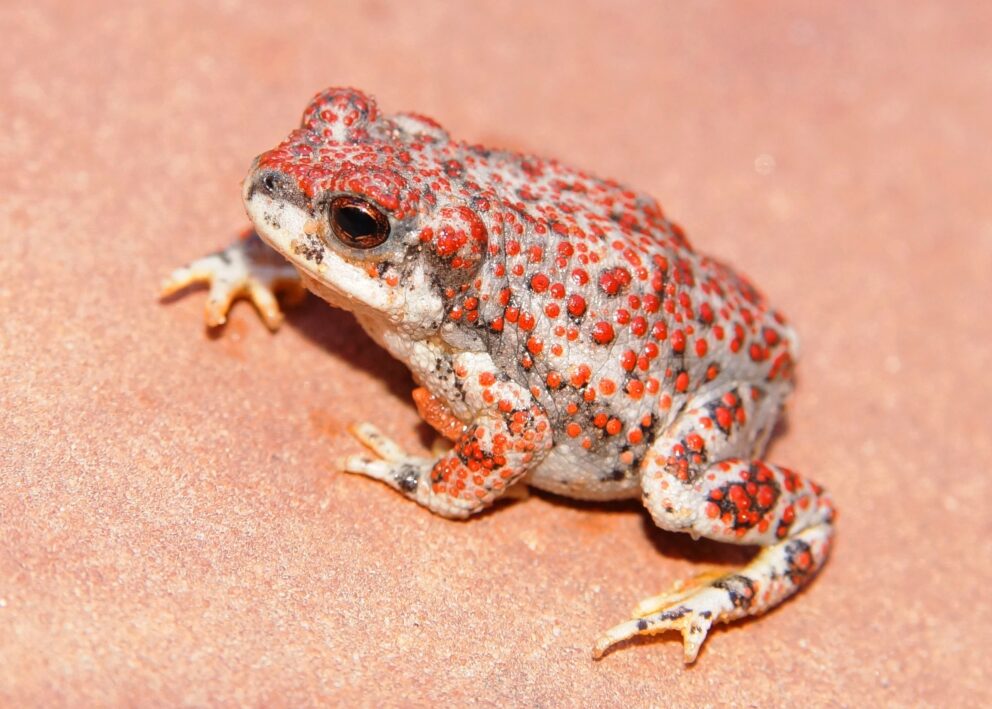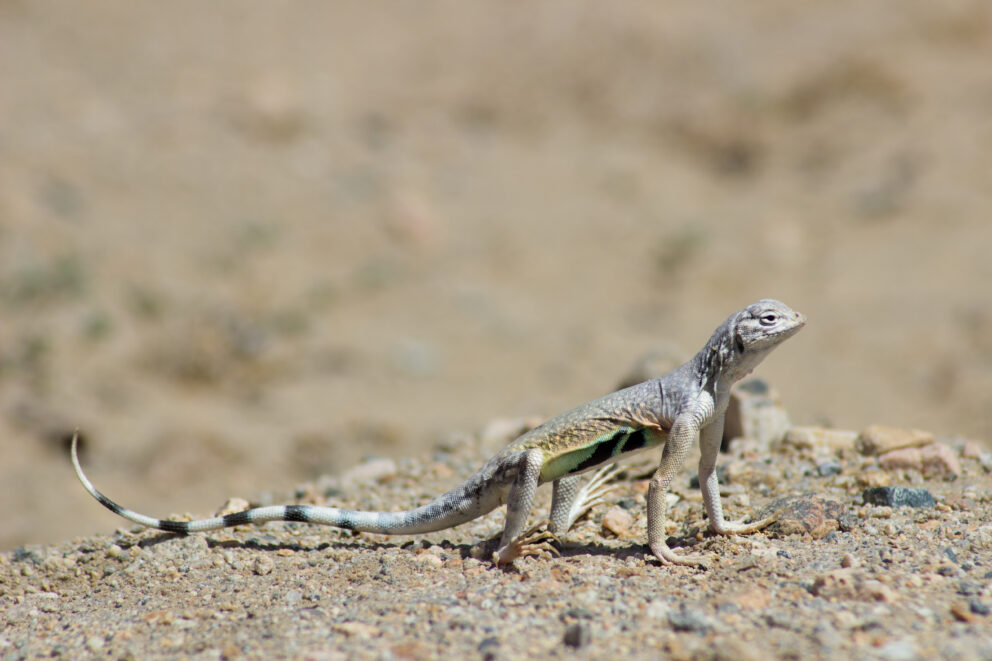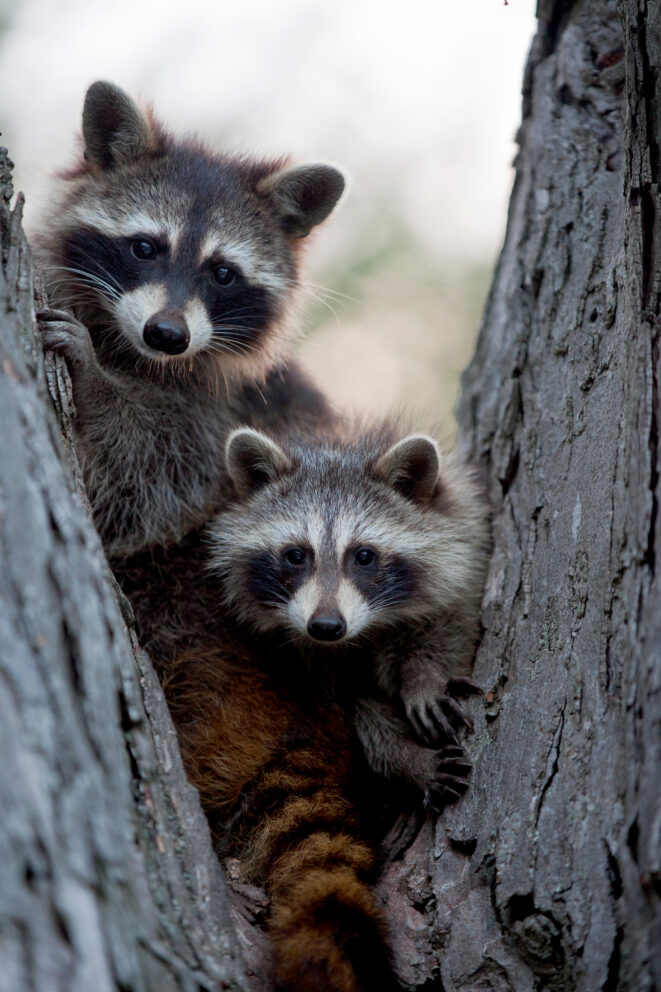- SCIENTIFIC NAME
- Tantilla hobartsmithi
- CLASSIFICATION
- Reptile
- STATE CONSERVATION STATUS
-
- Priority Species
- Unprotected
- FEDERAL CONSERVATION STATUS
- Least Concern
- GAME STATUS
- Non-Game
- Washoe
- Humboldt
- Pershing
- Churchill
- Mineral
- Lyon
- Douglas
- Carson City
- Storey
- Elko
- Lander
- Eureka
- White Pine
- Esmeralda
- Nye
- Lincoln
- Clark
Habitat & Range
The Smith’s Black-headed Snake habitat includes pinyon-juniper woodland, chaparral-woodland, riparian woodland, sagebrush-greasewood, and mesquite-creosote bush.
- Mojave desert
- Pinyon juniper forests
- Warm desert riparian
Threats
- Habitat Loss
- Overcollection
Natural History
The Smith’s Black-headed Snake eats the larvae of beetles, caterpillars, centipedes, and millipedes. They are a very secretive species and not much is known about their behavior. Smith’s black-headed snakes are nocturnal and are active throughout the year.
They spend most of their lives underground or under surface objects like rocks and logs. The females lay eggs.
Fun Facts
Although technically venomous, this snake's modified saliva is not considered a threat to humans
